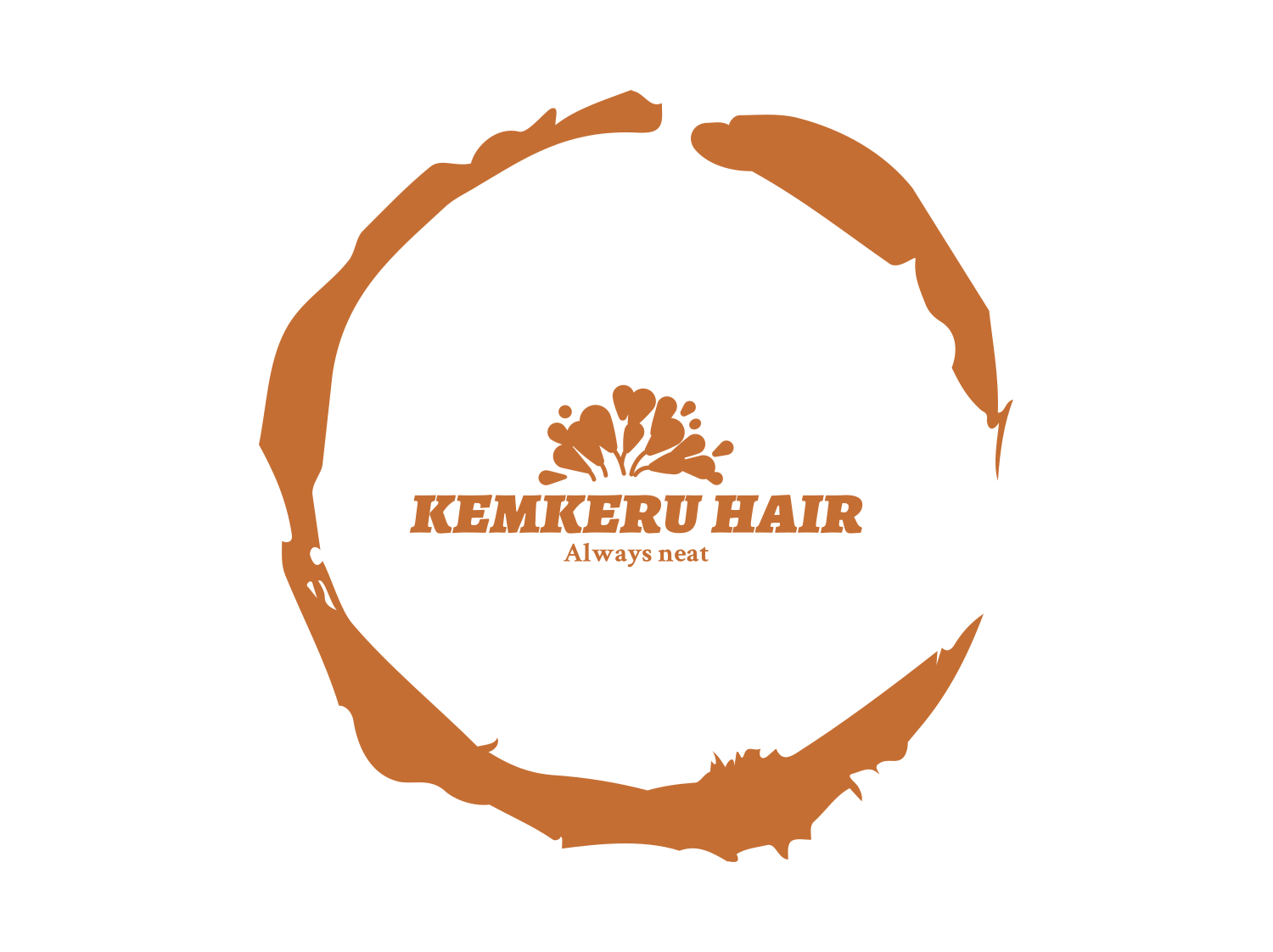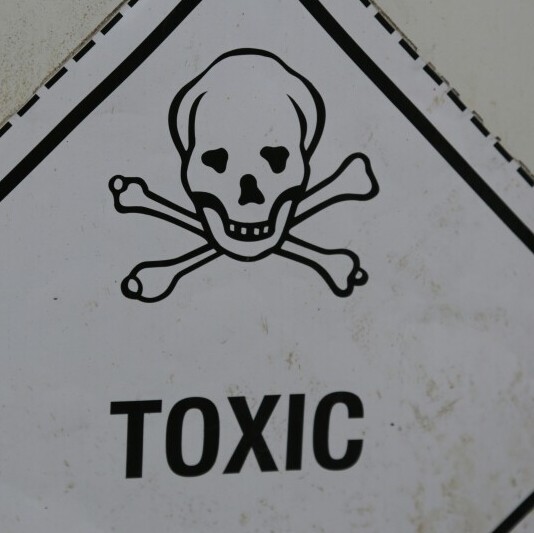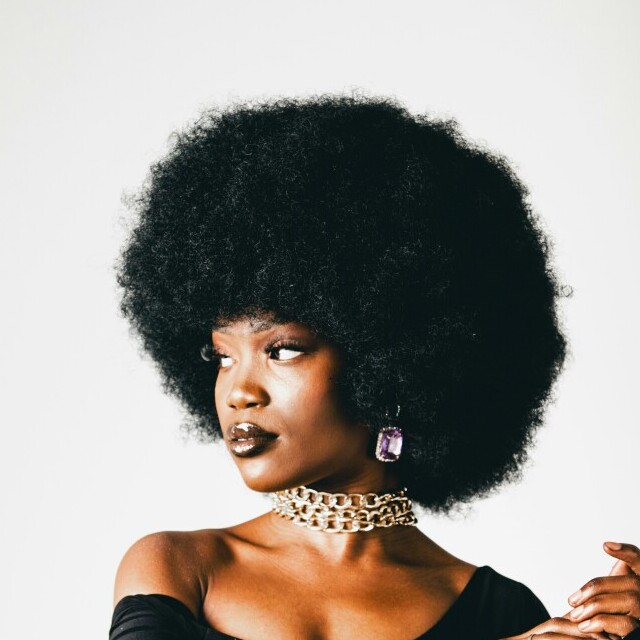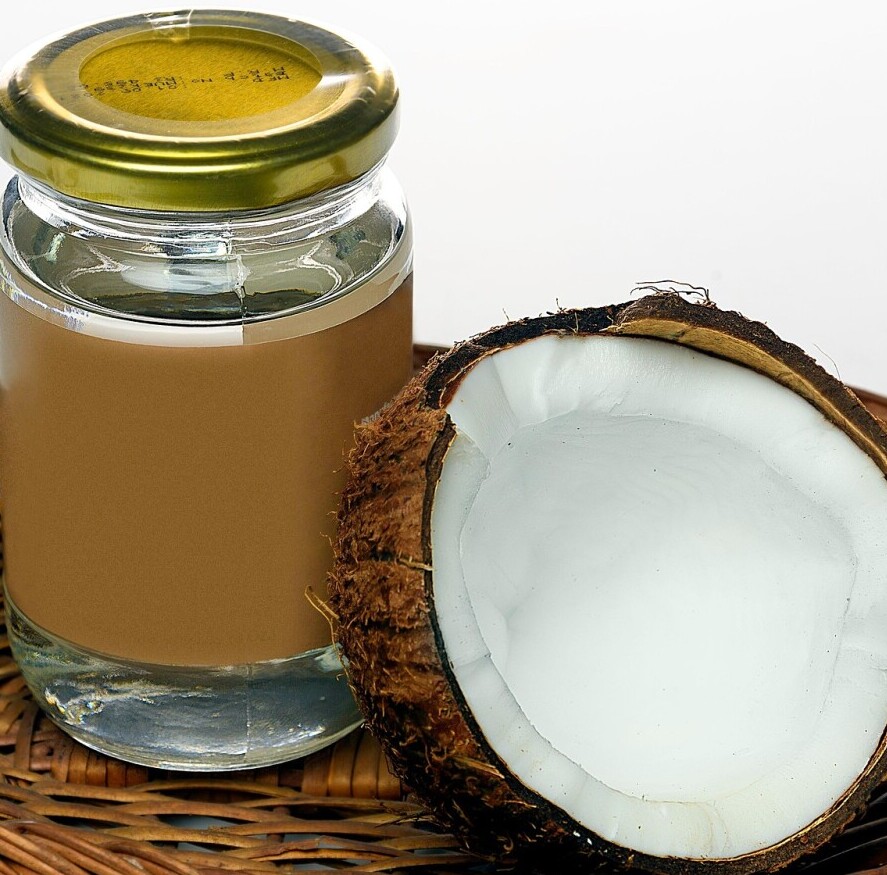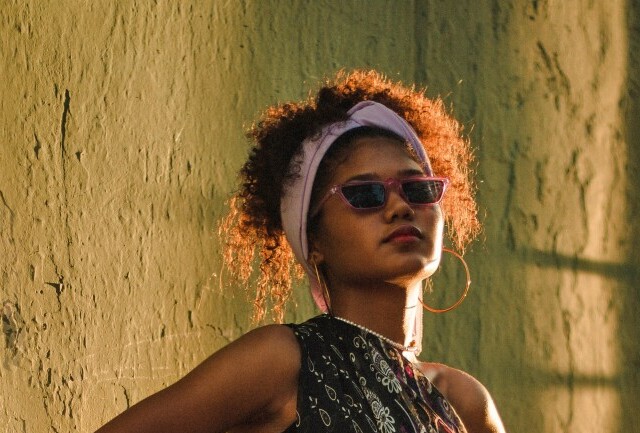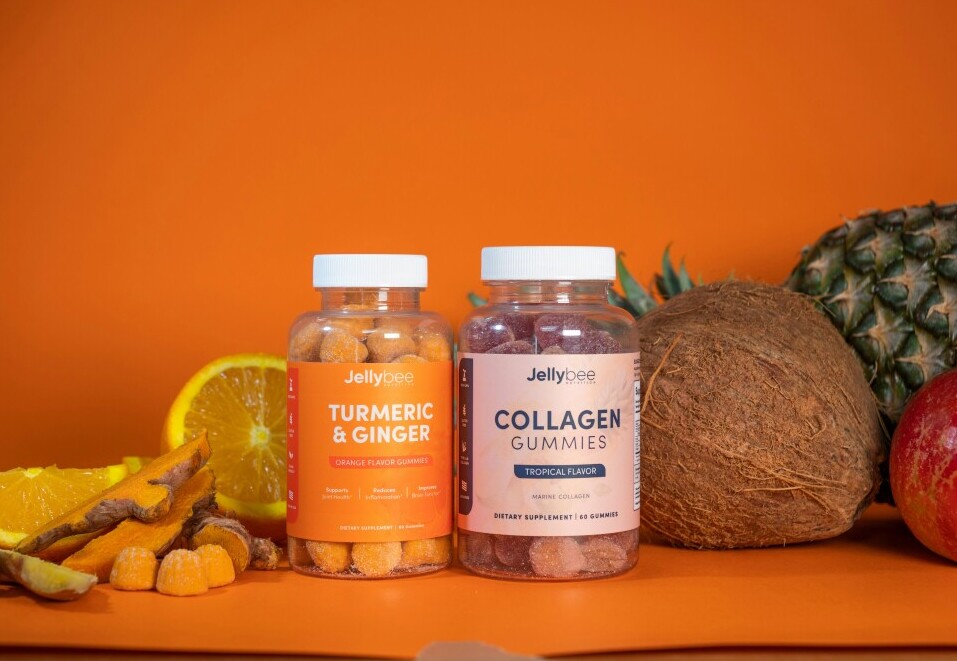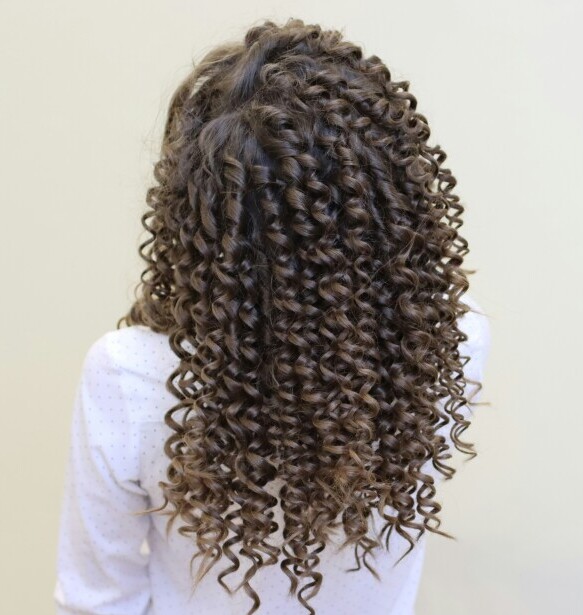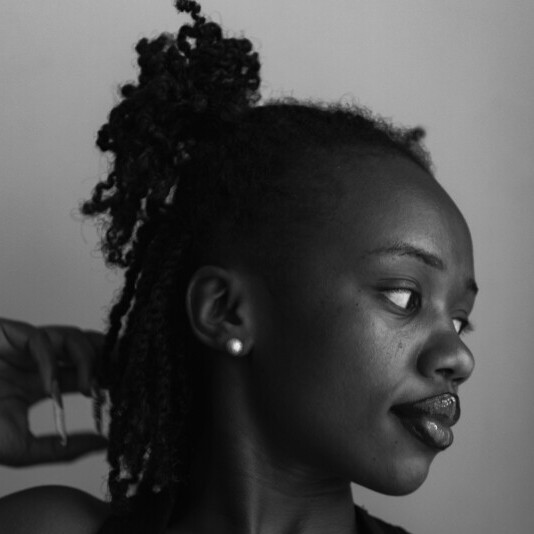Understanding the unique beauty of Afro hair begins with recognizing its diverse textures and types. Afro hair isn’t a one-size-fits-all; it spans a spectrum from tight coils to loose curls, and each type requires special care. Knowing what kind of hair your child has is the first step toward effective maintenance and embracing their natural beauty.
Cultural pride is a big deal with Afro hair. This isn’t just about looks, it’s about identity and heritage. Encouraging children to love their natural hair helps build confidence and self-esteem. Emphasizing how hair can be a beautiful expression of who they are can make a world of difference in how they see themselves.

Let’s be real, managing Afro-textured hair comes with its own set of challenges. It can be prone to dryness and breakage, and tangles are a common fight every morning. But with the right techniques and a bit of patience, these challenges can turn into moments of bonding and learning with your child.
There’s a lot of noise out there about what Afro hair can and can’t do. Bust those myths with knowledge. For instance, the idea that Afro hair doesn’t grow is a big misconception. Understanding that proper care and styling can lead to healthy, long hair is vital. Setting the record straight helps in creating a healthy mindset about hair care.
Essentials of Nutritional Hair Care
Healthy hair starts from the inside. The foods your child eats play a big role in the health and strength of their Afro hair. Protein-rich foods like eggs and lean meats, along with plenty of fruits and veggies packed with vitamins and minerals, are essential to feed those curls and coils.
Planning a hair care routine that fits your child’s age is super important. What a toddler’s hair needs might be different from what a preteen’s hair requires. Younger hair usually needs more gentleness and fewer products, while older kids might benefit from more moisturizing routines.
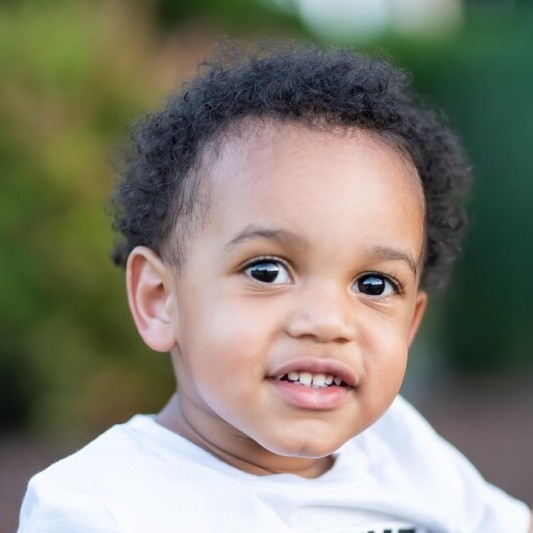
Natural oils like coconut, jojoba, and argan are heroes in Afro hair care. These oils help keep hair moisturized and reduce breakage. Massaging oils into the scalp not only promotes hair health but can also be a relaxing ritual for your child that they might even look forward to.
Hydration is key—inside and out. Make sure your child is drinking enough water throughout the day, as this keeps their entire body, including hair, well-hydrated. Proper moisture in hair care products can help tackle dryness and lock in that glossy shine for their natural curls.
Healthy Hair Practices for Daily Care
Everyday hair care routines play a crucial part in maintaining healthy Afro hair for your kids. Gentle tools and age-appropriate products are a must to avoid any damage to those lovely curls. Always be cautious with heat styling, opting for low temperatures and heat protectants to keep hair strong and healthy.
Tangling can become a daily struggle, but with a bit of the right know-how, it doesn’t have to be a hassle. Start detangling from the tips and gently work your way up to the roots. Using a wide-tooth comb and a good detangling spray can make this process smooth and tear-free.
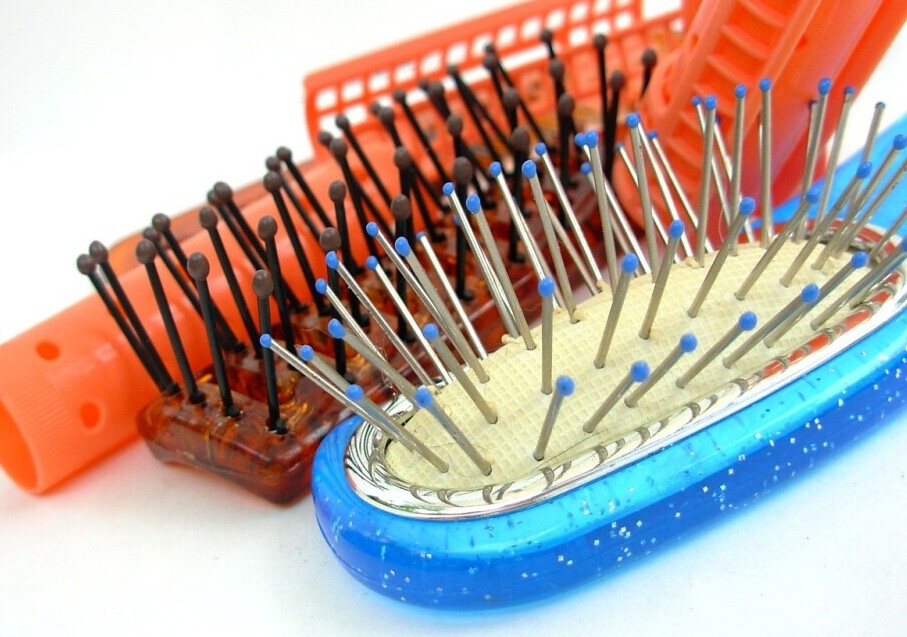
Protective hairstyles are not just cute—they’re functional. Options like braids, twists, and buns help guard hair against daily wear and tear. They save time in morning routines and promote growth by reducing the need for constant combing.
Choosing the right products is crucial. Consider products that are free from harmful chemicals like sulfates and parabens. Using shampoos and conditioners that moisturize and protect Afro hair can make wash day a breeze and keep those curls in top shape.
Empowering Children through Hair Care Education
Teaching children about their unique hair type is more than just hair care; it’s about building confidence and self-awareness. Helping them understand their hair’s needs and how to meet those is empowering. Whether it’s explaining why certain products work or showing what a healthy hair routine looks like, this knowledge sets them up for success.
Self-esteem and hair identity go hand-in-hand. Celebrating their hair texture as a part of their cultural identity encourages pride and confidence. Complimenting and supporting their natural look positively impacts how they feel about themselves and reduces insecurity.
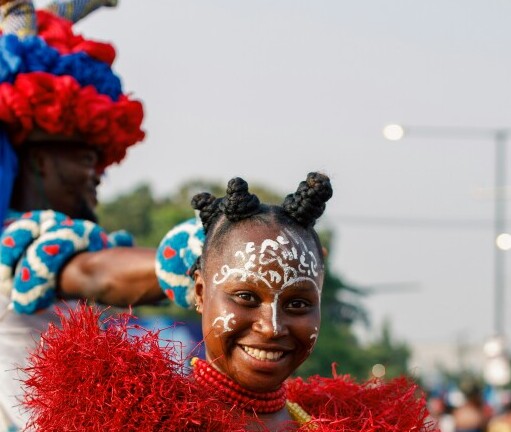
Involving kids in hair styling can be fun and educational. Let them choose protective styles or assist in simple tasks like applying oils. This involvement not only makes hair care enjoyable but teaches them skills they’ll use as they grow older.
Dealing with peer influences can be tricky. Kids might face pressure to straighten or alter their hair to fit in. Open conversations about diversity and embracing their natural beauty can help them stand strong against peer pressure and be proud of who they are at school or play.
